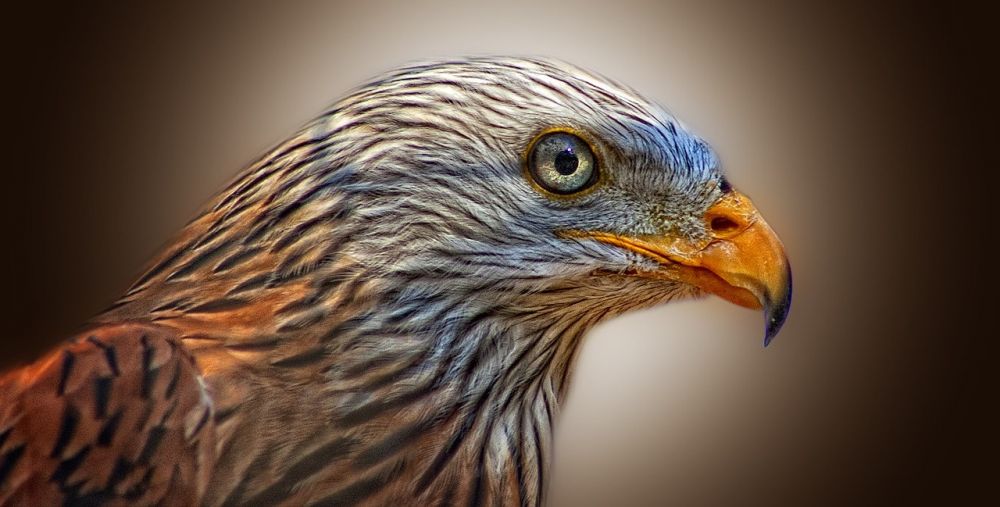Kiwi Bird: A Comprehensive Overview

Introduction:
The kiwi bird, native to New Zealand, holds a special place in the hearts of many due to its unique characteristics and environmental significance. In this article, we will provide a detailed overview of the kiwi bird, discussing its various types, popularity, distinct traits, historical background, and both advantages and disadvantages associated with these fascinating creatures.
What is a Kiwi Bird?

The kiwi bird, scientifically known as Apteryx, is a flightless bird that belongs to the ratite family. These fascinating creatures are endemic to New Zealand and have become a symbol of the country’s unique wildlife. Kiwi birds are small in size, measuring around 12 to 18 inches in height and weighing between 2 to 11 pounds. They have brownish feathers, tiny wings, and long beaks that aid in their feeding habits.
Types of Kiwi Birds:
Currently, there are five recognized species of kiwi birds:
1. North Island Brown Kiwi (Apteryx mantelli): This is the most common and largest species of kiwi bird, residing in the dense forests of New Zealand’s North Island.
2. Okarito Kiwi (Apteryx rowi): Considered one of the rarest and most endangered bird species globally, the Okarito kiwi is primarily found in the Okarito forest of the South Island.
3. Little Spotted Kiwi (Apteryx owenii): As the smallest species of kiwi bird, this variety is also critically endangered. They are mainly located on Kapiti Island and a few other offshore islands.
4. Southern Brown Kiwi (Apteryx australis): The Southern Brown kiwi species is found in the South Island and Stewart Island. It is known for its distinctive call and high population numbers.
5. Great Spotted Kiwi (Apteryx haastii): The Great Spotted kiwi, also known as roroa, thrives in the mountainous regions of the South Island. Their large size and distinctive coloring make them a popular choice for bird enthusiasts.
Quantitative Data on Kiwi Birds:
It is essential to examine some quantitative measurements related to kiwi birds to gain a deeper understanding of these remarkable creatures:
1. Lifespan: Kiwi birds have an average lifespan of 25 to 50 years in the wild, while those in captivity can live up to 60 years.
2. Population: Due to habitat loss and predation, the kiwi bird population has significantly declined over the years. It is estimated that fewer than 70,000 individuals remain in the wild.
3. Diet: Kiwi birds are omnivorous, mainly consuming insects, worms, fruits, and seeds. They have a unique adaptation that allows them to detect prey underground by using their long beaks.
4. Reproduction: Kiwi birds have a low reproductive rate, with females typically laying only one or two large eggs per year. Incubation lasts for about 70 to 85 days, and both parents share the responsibility of nurturing the chick.
Differences Among Kiwi Birds:
While all kiwi bird species share similar characteristics, there are notable differences among them:
1. Appearance: Each kiwi species possesses distinct physical characteristics such as body size, coloration, and beak shape, which aids them in adapting to their specific habitats.
2. Vocalizations: Kiwi birds have different vocalizations, enabling them to communicate with each other and establish their territories effectively.
3. Habitat Preferences: Various kiwi species exhibit different habitat preferences, with some residing in dense forests, while others are found in mountainous regions or on offshore islands.
Historical Background and Pros and Cons:
Kiwi birds have a rich historical background, with both advantages and disadvantages associated with their existence:
1. Cultural Significance: Kiwi birds hold immense cultural importance to the Maori people of New Zealand, representing their connection to the land and nature.
2. Conservation Challenges: Due to habitat destruction caused by human activities and predation by introduced mammals, kiwi bird populations have faced significant declines. Conservation efforts have been initiated to protect these endangered species.
3. Ecological Importance: Kiwi birds play a crucial role in New Zealand’s ecosystem. They assist in seed dispersal, control of invertebrate populations, and enhancement of forest regeneration.
4. Tourism and Economy: Kiwi birds act as popular tourist attractions, helping boost the local economy through wildlife tourism and eco-tourism initiatives.
Conclusion:
In conclusion, the kiwi bird’s unique characteristics, variety of species, quantitative measurements, differences among them, and historical context make them a subject of fascination and concern. It is crucial to appreciate and protect these extraordinary creatures for future generations to witness their beauty and understand their ecological importance.

















